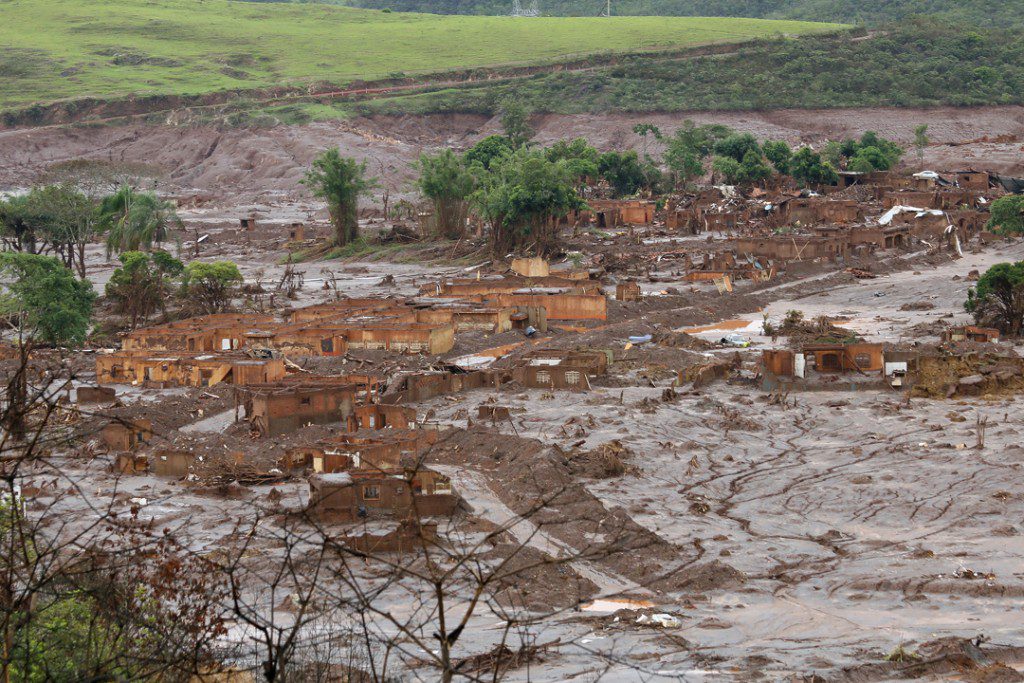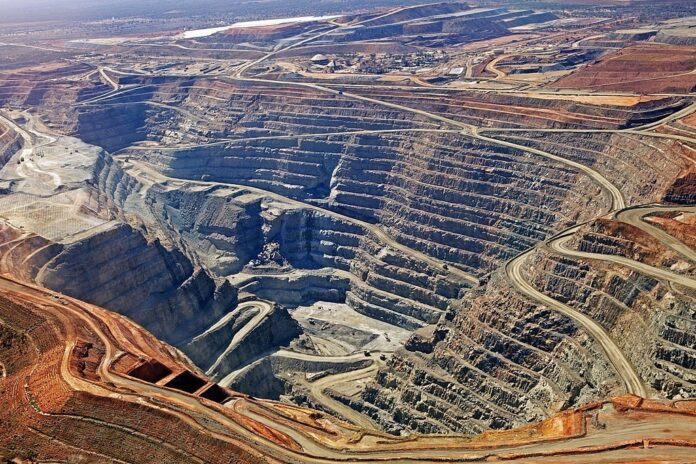Investors increase scrutiny over ESG reporting

Among the many challenges facing the minerals exploration and mining industry, Environmental, Social and Governance (ESG) issues are receiving increased attention, with ESG programs now critical components of a company’s strategy and business planning.
The Prospectors and Developers Association of Canada (PDAC) convention in Toronto offered several ESG and sustainability-themed sessions focussed on helping companies understand ESG factors and disclosures and how they differ from Corporate Social Responsibility (CSR) reporting.
“Both have been around for some time,” Amy Freedman, CEO of Kingsdale Advisors, a strategic governance and communications advisory firm, told The Northern Miner in an interview at the conference. “However, whereas CSR looks at how companies are taking actions to bring about positive impacts, ESG measures these activities more precisely and reports them as financial metrics.”
ESG programs now critical components of a company’s strategy and business planning
Freedman was one of four experts on an ESG panel discussion at the conference.
The panel recognized that while there was some overlap between ESG and CSR, ESG focusses on a company’s ability to access capital in both the near- and long-term. The panel noted that a recent survey on responsible investing by RBC Global Asset Management reports that 97% of institutional investors say they evaluate companies’ ESG disclosures. The survey also confirmed that investors are adopting an ESG-based approach primarily because they view it as a way to enhance returns and mitigate risk.
“First, companies need to define what their ESG issues are,” Freedman said. “They then need to show how they are managing the financial risks from these issues and communicate this to investors.”
By nature, mining is complicated, with environmental risks among the highest across all sectors. There are also social risks that can arise from fears of pollution, conflicts over water-usage, and economic and landscape impacts on local communities, the panelists said.
Although there was general agreement among the panelists that they had seen signs of progress on ESG disclosures, they cautioned that many companies were still just making commitments. The panelist also noted that investors and other stakeholders were looking to see progress on these commitments and were becoming more “savvy” in terms of seeing through so-called ‘ESG-washing’ and that governance risks were driven primarily by a company’s risk culture, size and location of operations.

In addition, the panel discussed the role of external organizations, like mining industry bodies, which have introduced codes of practices and principles for ESG that help companies in their ESG disclosures. But the panel emphasized the critical role investors play in the dynamic, particularly large institutional investors with long-term investment horizons that are at the vanguard in pressing companies to develop robust and transparent ESG programs.
Freedman acknowledged how challenging it is for companies to qualify many of the ESG issues they face and said she believed that investors need to appreciate ESG risks from the company’s perspective to help them to understand their ESG risks.
Although there are many commonalities among mining companies in terms of measuring and managing their environmental risk, Freedman recognized that social issues are invariably complicated, nebulous, and often location-specific.
“Where the issue can be measured, companies should be measuring and reporting them”
Amy Freedman, CEO, Kingsdale Advisors
“Where the issue can be measured, companies should be measuring and reporting them,” said Freeman. “However, social factors are not quantitative per se, so it’s hard, for instance, to give it a score out of ten.”
For these issues, Freedman believes that “the management and boards of companies will need to develop appropriate metrics, evaluate how they are tracking against them and communicate those evaluations to investors.”
Moreover, mining companies often have operations in developing countries, which can be challenging investment environments, where risks include complex political and socio-economic issues, she said.
For instance, the panel discussed the involuntary resettlement of communities, which often accompany mining projects and can lead to economic and physical displacement. Human rights violations, particularly for indigenous people, who have strong links to the natural environment, especially with the land, was also a significant concern for the panel.
Although a company’s ESG-related impacts may be challenging to measure, ESG reports provide valuable insights into current and future environmental and social risks, the panelists agreed. They can have direct and indirect financial impacts on profits and return on investments.
With increasing awareness and understanding of ESG risks among the investment community, the pressure is now being placed on companies to improve disclosure.
The bottom line, the panelists agreed, is the need for companies to increasingly incorporate ESG risks into their business planning, operations and communication strategies.
“Over the past five years, companies have been much more active on specific governance and social issues of ESG-related risks,” said panelist Melanie Hennessey, vice president of corporate communications at NovaGold Resources (TSX: NG). “The data shows that over time companies that have developed and reported on ESG metrics perform better than those who don’t.”
(This article first appeared in The Northern Miner)
More News
Barrick eyes 30% production growth by 2030
The company is also considering changing its name from Barrick Gold to Barrick Mining to reflect its changing production profile, chairman John Thornton said.
April 04, 2025 | 03:26 pm
Trump, tariffs and tin
Only one metal has escaped the tariff tsunami.
April 04, 2025 | 01:44 pm
{{ commodity.name }}
{{ post.title }}
{{ post.excerpt }}
{{ post.date }}



Comments